



Salman Khan reveals battling trigeminal neuralgia, alongside brain aneurysm and AVM. This causes intense facial pain from nerve compression, triggered by routine actions. Treatment includes medications like carbamazepine, Botox, microvascular decompression, radiosurgery. Although serious, most manage well with lifestyle adjustments, emotional support, and follow‑ups. His openness boosts awareness about these rare neurological conditions.

Copyright infringement not intended
Picture Courtesy: HINDUSTAN TIMES
Neurologist reveals Salman Khan's battle with Trigeminal Neuralgia, brain aneurysm, and AVM.
It is a severe, chronic pain condition impacting the trigeminal nerve, which transmits sensory information from the face to the brain.
It causes severe, sudden, shock-like pain, normally on one side of the face. Even slight movements or stimuli, such as eating, brushing teeth, talking, or a light breeze, can trigger the pain.
The primary cause is compression of the trigeminal nerve by a blood vessel. Other causes include multiple sclerosis, tumors, nerve injury, or previous surgery. Women over 50 years old are more commonly affected.
Treatment
Recent Advancements in Treatment
This condition involves a weakened area in an artery wall that expands abnormally. If it bursts, blood leaks into and around the brain, causing a subarachnoid hemorrhage (SAH).
Brain aneurysms are common; about 1 in 100 individuals may harbor an aneurysm. India reports a high annual incidence of 76,500 to 204,100 new cases of aneurysmal SAH. Roughly 40% of ruptured aneurysms in India prove fatal.
Risk Factors and Causes
Treatment => Unruptured aneurysms may be observed, or treated with surgical clipping (closing off the aneurysm) or endovascular coiling (filling the aneurysm with coils to block blood flow). Ruptured aneurysms require immediate emergency treatment.
It is a rare, congenital condition where arteries and veins in the brain connect directly without the usual network of capillaries. This abnormal connection disrupts normal blood flow and can lead to serious neurological issues.
Symptoms => Common symptoms include headaches, seizures, neurological deficits (e.g., weakness, vision changes), or memory defects. Brain bleeding (hemorrhage) is a significant risk.
Treatment => The approach to treatment varies significantly based on the AVM's size and location.
Source:
|
PRACTICE QUESTION Q. Which part of the body does trigeminal neuralgia pain most commonly affect? A) Lower back B) Face C) Hand D) Foot Answer: B Explanation: Trigeminal neuralgia pain most commonly affects the face, specifically within the distribution of the trigeminal nerve (Cranial Nerve V), which supplies sensation to the face. |
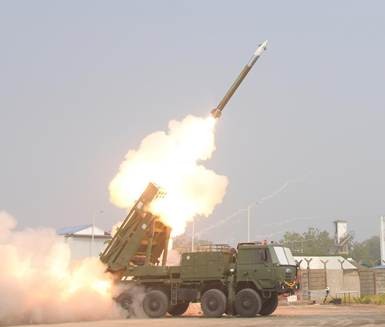
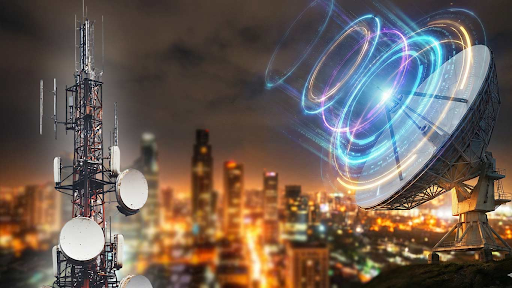

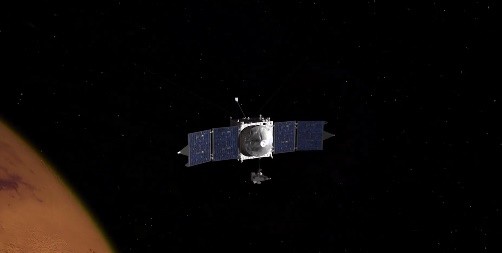
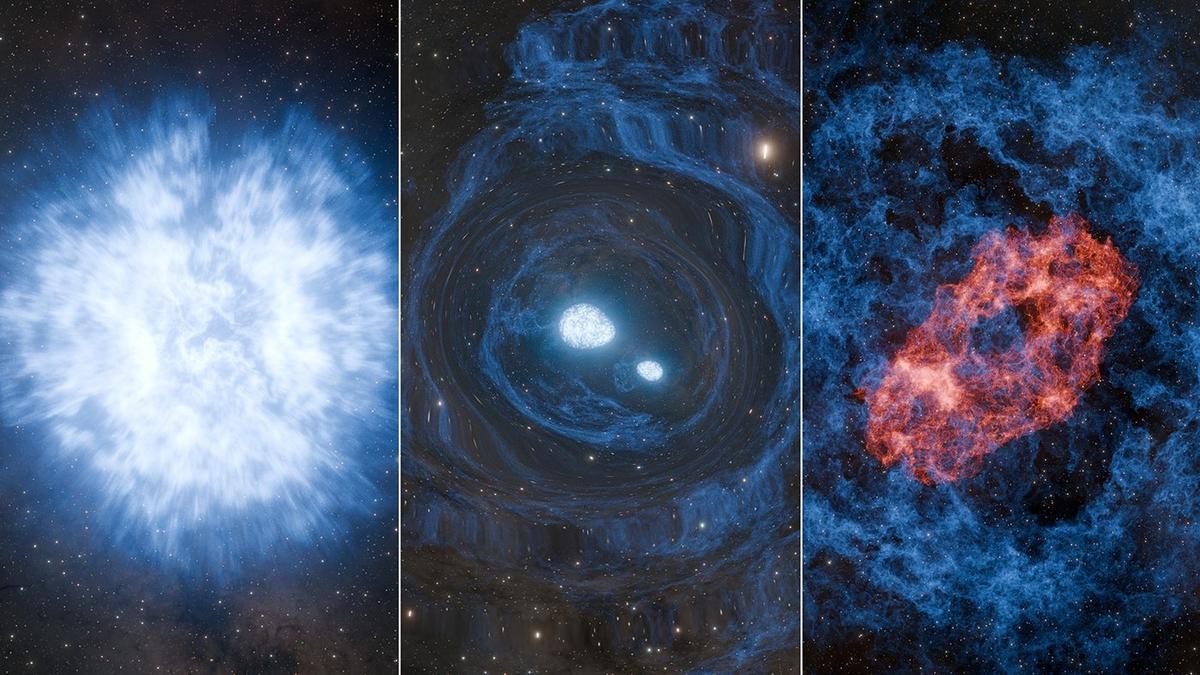

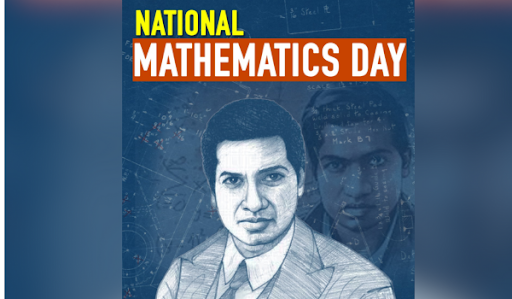


© 2026 iasgyan. All right reserved